Researchers have succeeded in producing artificial photosynthesis by combining building blocks from nine different organisms from both the animal and plant kingdoms. Such systems could be useful in reducing the amount of carbon dioxide in the atmosphere.
Photosynthesis is the process by which plants make energy and grow. They do this by absorbing carbon dioxide (CO2) from the air and light from the sun, as the name itself explain “photo” which means light and “synthesis” which means putting together
Simplified you can say the process of photosynthesis can be divided into two reactions and stages. The first stage is a light-dependent reaction that captures the energy of light and use it to make energy-storage molecules.
The second stage, light-independent reactions use these products to capture and reduce carbon dioxide. This second stage isn’t nearly as efficient as the first stage.
Researchers from Switzerland and Germany asked, “How could we build a photosynthesis cycle is more efficient than nature?” They succeeded in creating an artificial photosynthesis cycle, using 17 different enzymes from nine different organisms.
In this way, they managed to streamline the second stage reaction. Experiments were made in test tubes and resulted in an organic substance created through the process of absorbing carbon from the air. The researchers essentially created metabolism that does not exist in nature.
This research could prove to be a useful and efficient way to collect unwanted carbon dioxide from the atmosphere in the future.
The paper has been published in the journal Science.
Reference:
Thomas Schwander et al. A synthetic pathway for the fixation of carbon dioxide in vitro. Science, 2016. DOI: 10.1126 / science.aah5237

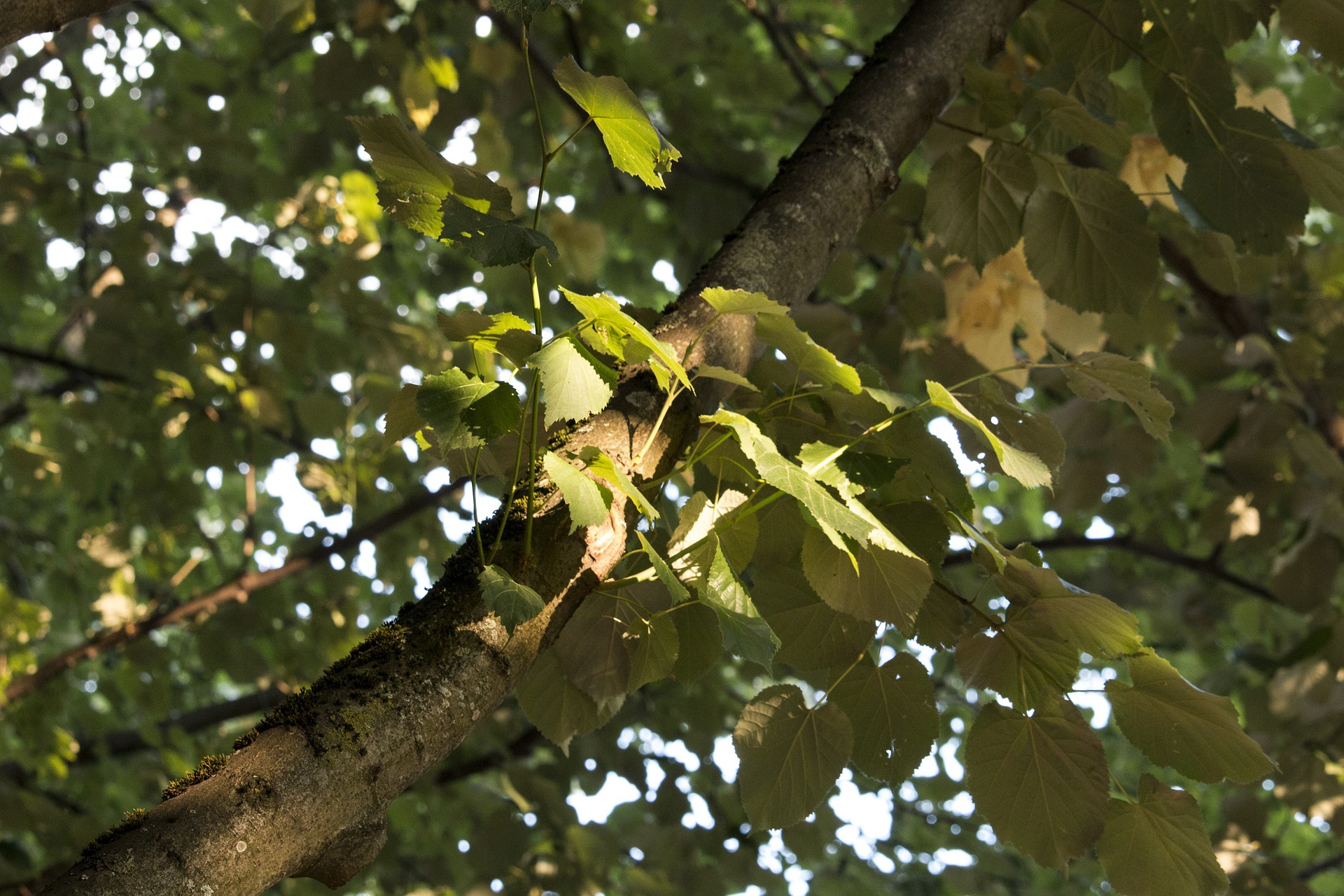
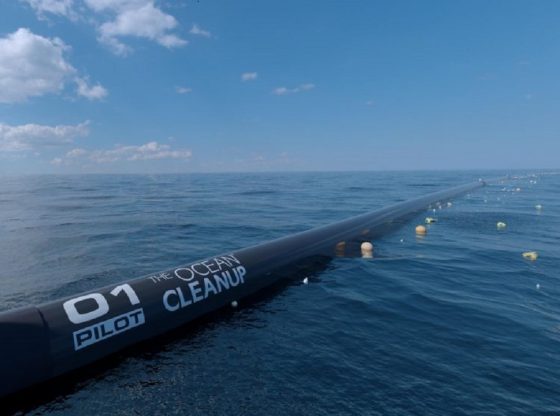

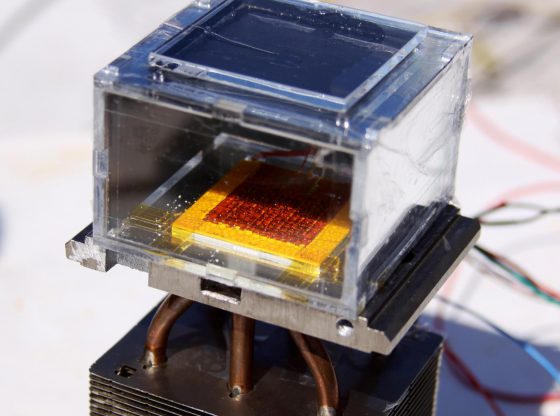

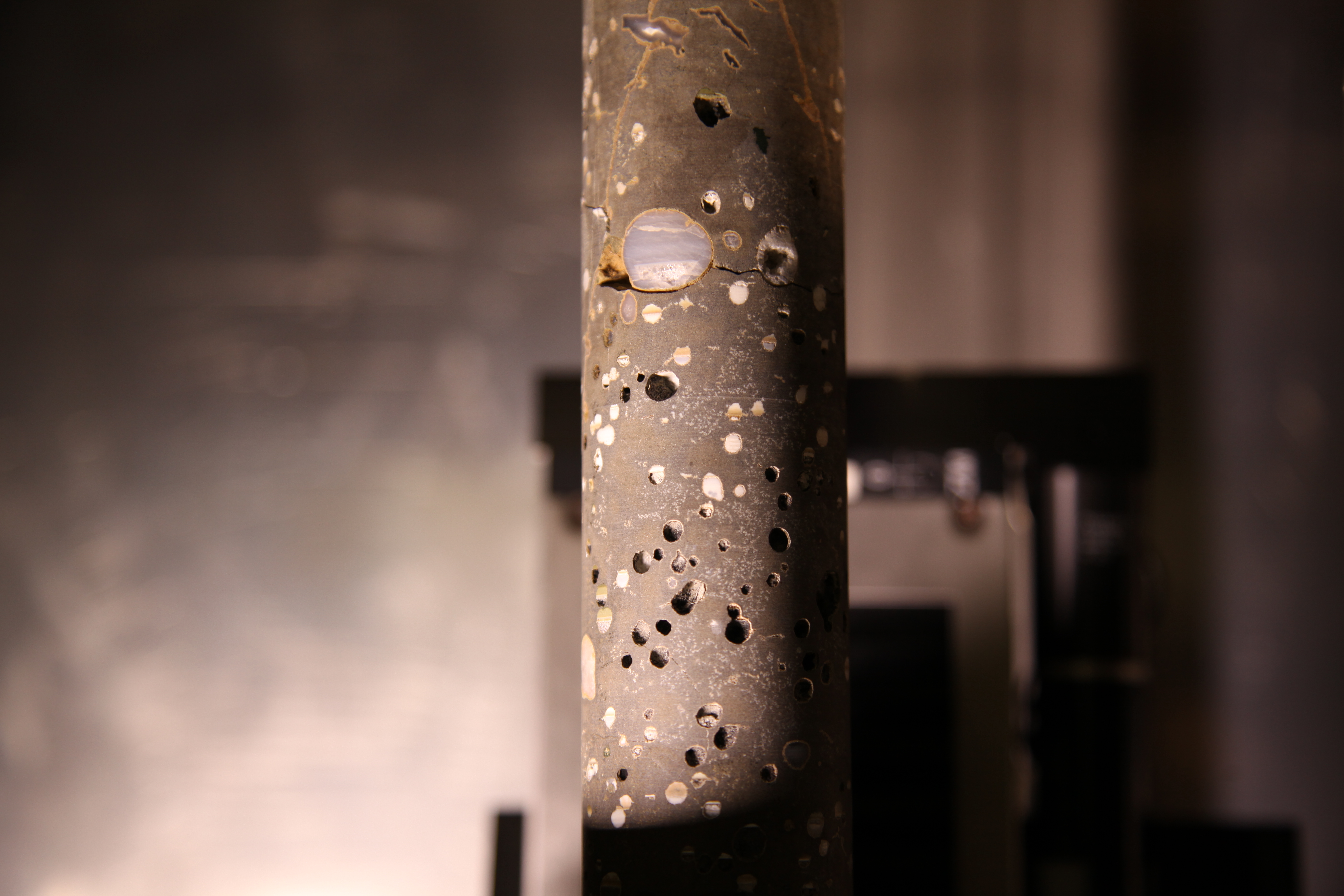

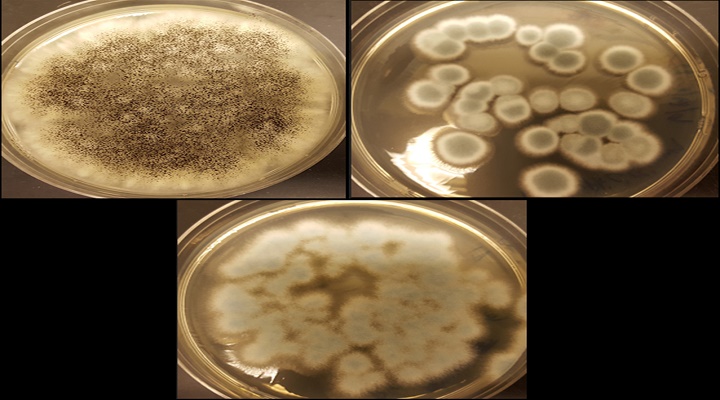


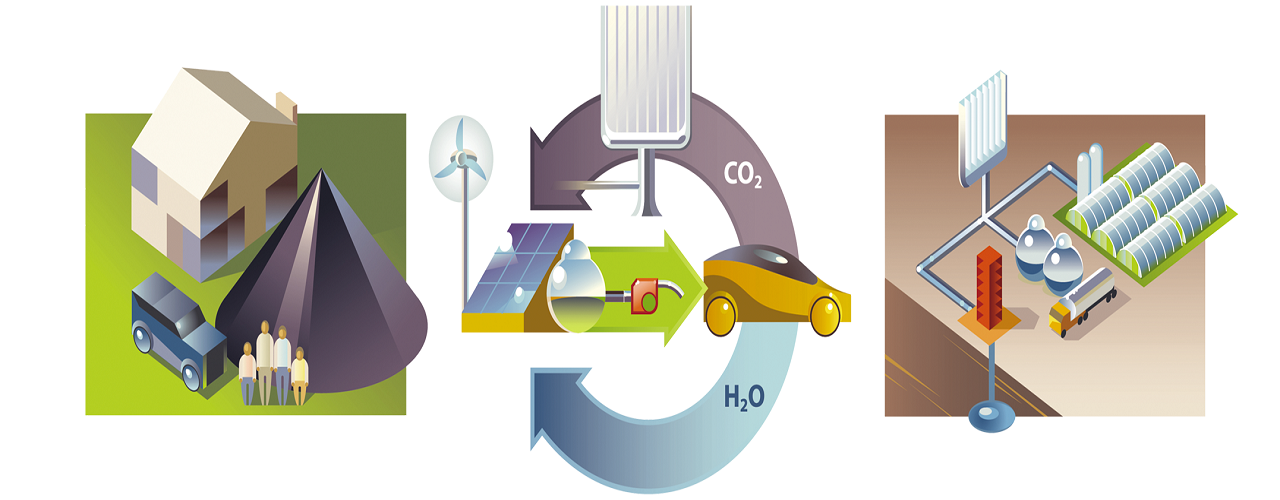
![OpenAI. (2025). ChatGPT [Large language model]. https://chatgpt.com](https://www.illustratedcuriosity.com/files/media/55136/b1b0b614-5b72-486c-901d-ff244549d67a-350x260.webp)
![OpenAI. (2025). ChatGPT [Large language model]. https://chatgpt.com](https://www.illustratedcuriosity.com/files/media/55124/79bc18fa-f616-4951-856f-cc724ad5d497-350x260.webp)
![OpenAI. (2025). ChatGPT [Large language model]. https://chatgpt.com](https://www.illustratedcuriosity.com/files/media/55099/2638a982-b4de-4913-8a1c-1479df352bf3-350x260.webp)








